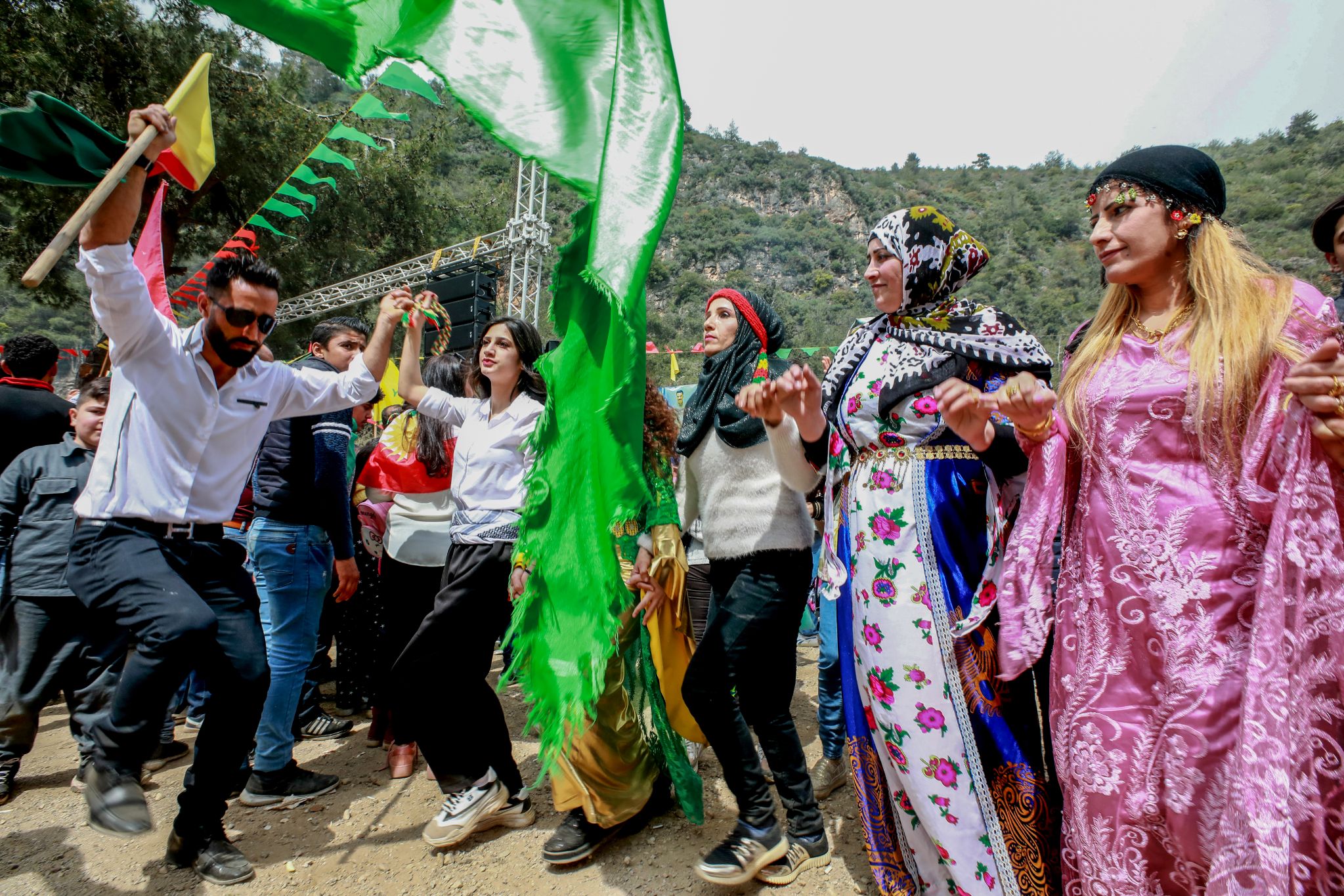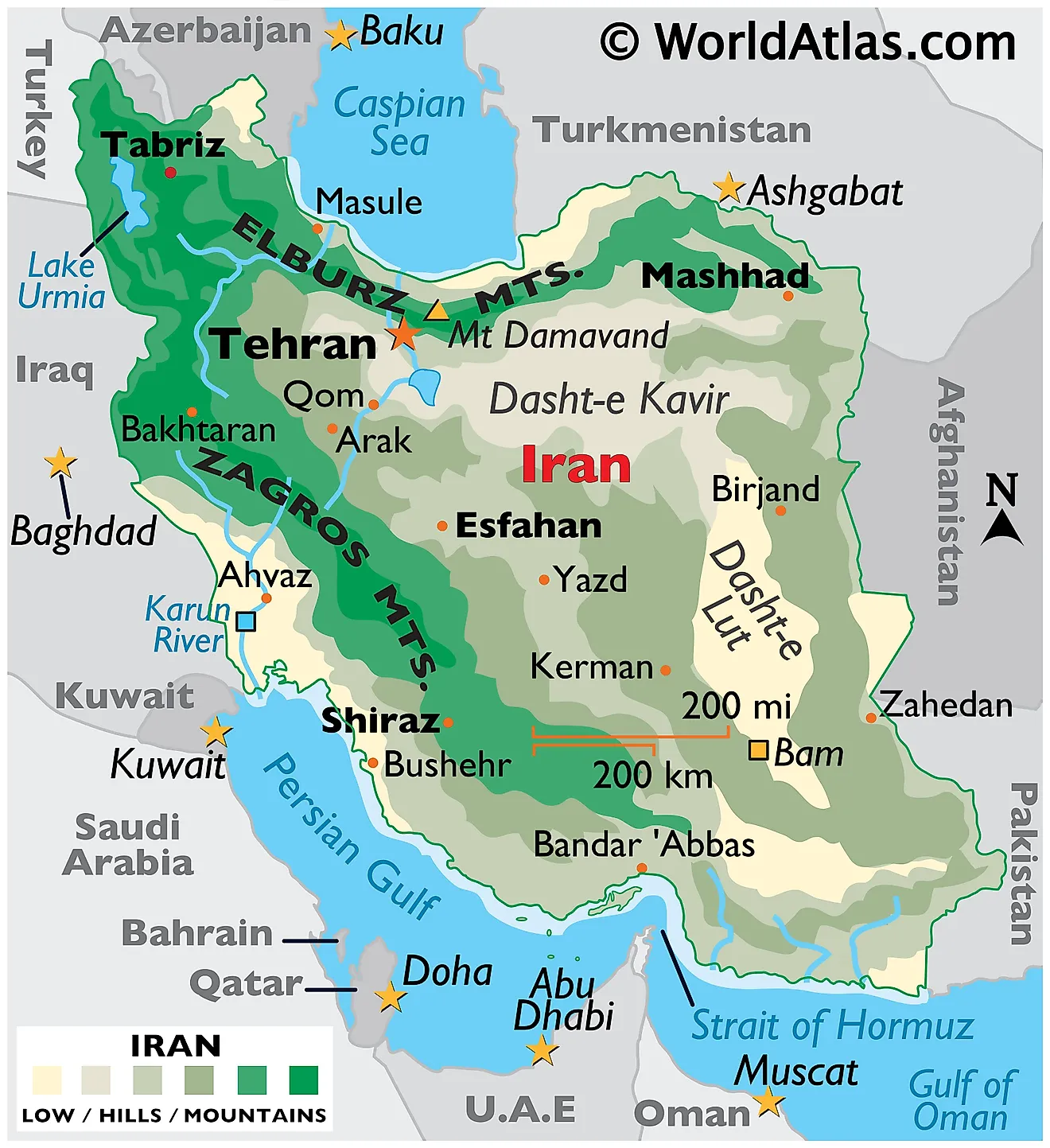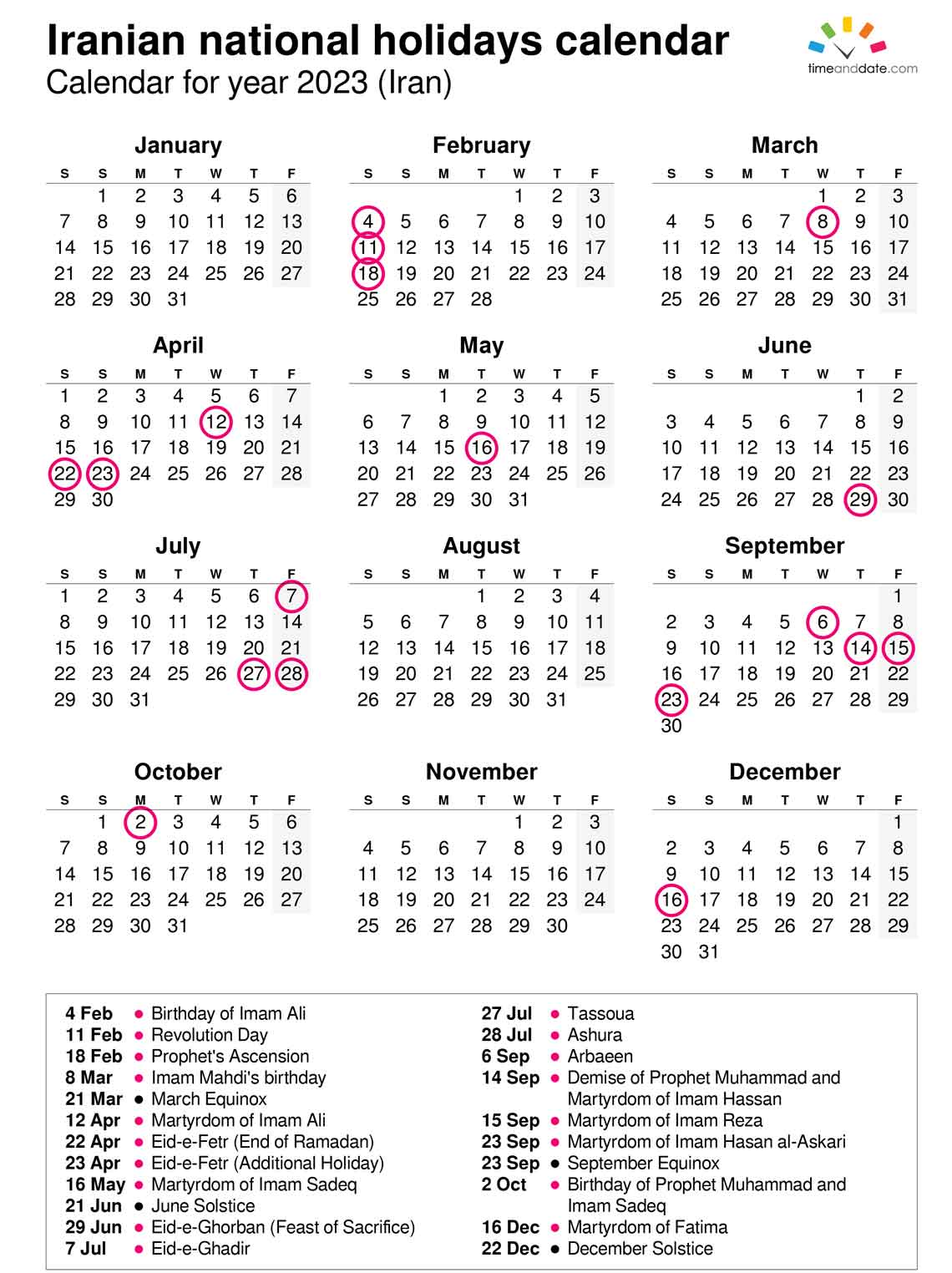Unveiling The Iranian Year: A Journey Through Time And Tradition
Table of Contents
- The Heart of the Iranian Year: Understanding the Jalali Calendar
- Nowruz: The Ancient Celebration of Renewal
- The Art of Timekeeping: Iranian Calendar's Accuracy
- Converting Iranian Years: Bridging Calendars
- Historical Evolution and Modern Relevance
- The Enduring Legacy of the Iranian Year
The Heart of the Iranian Year: Understanding the Jalali Calendar
At the core of timekeeping in Iran lies the Solar Hijri calendar, also widely known as the Persian calendar or the Jalali calendar. This system stands out globally for its remarkable astronomical accuracy. Unlike lunar calendars, which follow the cycles of the moon, or even the Gregorian calendar, which relies on a fixed set of rules for leap years, the Iranian calendar is a purely solar calendar. This means its foundation is the precise movement of the Earth around the Sun. The Iranian year typically commences within a day of March 21st of the Gregorian calendar. This isn't an arbitrary date but is meticulously determined by the vernal equinox. This astronomical event marks the exact moment when the Sun crosses the celestial equator, signaling the beginning of spring in the Northern Hemisphere. This precision is a hallmark of the Jalali calendar, making it incredibly accurate in tracking the seasons.A Solar Precision: How the Year Begins
The starting point of each Iranian year is not a fixed date but a precisely calculated moment: the vernal equinox. This calculation is performed with such accuracy that it is determined by astronomical observations from Tehran, or more specifically, from the 52.5° East meridian, which also defines Iran Standard Time (IRST). The year officially begins at midnight closest to this vernal equinox in Iran. This method ensures that the calendar is always perfectly synchronized with the true astronomical seasons, a level of precision that many other calendars, including the Gregorian, cannot claim. In fact, many experts argue that the Iranian calendar is more accurate than the Gregorian calendar in its long-term alignment with the solar year. This dedication to astronomical precision highlights the deep scientific heritage embedded within Iranian culture. It's a testament to centuries of observation and calculation, a legacy passed down through generations of astronomers and mathematicians. The meticulous nature of its inception is a key reason why the Iranian calendar has endured and remains the official calendar in Iran and Afghanistan.Months and Days: Structure of the Persian Calendar
The structure of the Persian calendar is logical and reflective of its solar nature. It comprises 12 months, each with a specific number of days designed to align with the Earth's orbit. The first six months of the year are the longest, each consisting of 31 days. These months correspond to the spring and summer seasons when daylight hours are longer. Following these are five months, each with 30 days, covering the autumn and early winter. The final month of the Iranian year is unique, having either 29 or 30 days, depending on whether it is a leap year. This flexible last month ensures the calendar remains perfectly aligned with the astronomical year. This consistent structure provides a predictable framework for the year, making it easy to track seasons and plan activities. The names of the months themselves often evoke natural elements or ancient Persian concepts, further connecting the calendar to the land and its heritage. This methodical arrangement of days and months is a testament to the sophisticated design of the Iranian calendar.Nowruz: The Ancient Celebration of Renewal
While the calendar provides the framework, Nowruz breathes life into the Iranian year. One of the most significant holidays in Iran, Nowruz, the Persian New Year, is not merely a date on the calendar but a profound cultural phenomenon. Its roots stretch back thousands of years, predating the rise of Islam and even Christianity, making it one of the world's oldest continuously celebrated holidays. The term "Norooz" itself, meaning "new day," first appeared in Persian records in the 2nd century AD, though its importance was already established during the time of the Achaemenids. Nowruz is a celebration of renewal, rebirth, and the triumph of good over evil. It symbolizes the awakening of nature after the dormancy of winter and is a time for families to gather, reflect, and look forward to the future with hope. The traditions surrounding Nowruz are rich and varied, encompassing everything from spring cleaning (khouneh takani) to setting the Haft-Seen table, a symbolic arrangement of seven items starting with the letter 'S' in Persian.The Vernal Equinox: A Moment of National Unity
As mentioned, Nowruz falls precisely on the vernal equinox, occurring on March 20th or 21st of the Gregorian calendar. This exact moment, known as "Saal Tahvil," is highly anticipated. Families often gather around the Haft-Seen table, counting down the seconds to the precise moment the year changes. It's a moment of collective anticipation and joy, shared by millions of Iranian people around the world, regardless of their location. The year begins at midnight closest to the vernal equinox in Iran, specifically at the Iran Standard Time meridian at longitude 52.5° East, which runs about 250 miles (400 km) east of Tehran. This precise timing underscores the deep connection between the calendar's scientific basis and its cultural manifestation. The first day of the new year is called Nowruz, and its celebration is a powerful unifying force. It transcends religious and ethnic boundaries within Iran and is celebrated by Iranian people globally, fostering a sense of shared heritage and identity. This universal appeal highlights the profound cultural significance of the Iranian year.Beyond the First Day: Extended Festivities
Nowruz is not a single-day event; it's a period of extended festivities and national holidays. The first four days—Farvardin 1st, 2nd, 3rd, and 4th—are national holidays in Iran. During this time, a cherished tradition is for Iranian families to visit one another, starting with the elders and gradually moving to younger relatives. This practice, known as "did-o-bazdid," strengthens family bonds and community ties. Historically, the duration of these celebrations could vary. In the second year of a significant calendar reform, for instance, an older tradition saw the 30th of Spandarmad (the last month) become the new 25th of Spandarmad, extending a festival period to eleven days, leading up to the new 1st of Farvardin (Nowruz). While this specific reform detail might be less common today, it illustrates the historical flexibility and adaptability of the calendar to accommodate various festive periods. Generally, for other festivals throughout the Iranian year, five days was considered sufficient, emphasizing the unique and extended importance of Nowruz. The epagomenal days, which are extra days added to complete the year in some calendars, were traditionally placed at the end of the year in lands where the Persian calendar was used, further illustrating its unique structure.The Art of Timekeeping: Iranian Calendar's Accuracy
The precision of the Iranian calendar is often lauded by astronomers and calendar reformers alike. Its method of determining the start of the year based on the vernal equinox, observed astronomically, makes it inherently more accurate than calendars that rely on fixed cycles or averaged lengths for the year. This scientific rigor ensures that the calendar never drifts out of sync with the seasons, a problem that has plagued many other calendar systems throughout history. This accuracy is particularly evident in its handling of leap years. Unlike the Gregorian calendar, which adds a leap day every four years (with exceptions for century years), the Iranian calendar's leap year rule is far more complex and sophisticated, designed to perfectly match the true length of the solar year.Decoding Leap Years: A Complex Yet Precise System
What years are leap years in the Iranian calendar? Since the Persian year is defined by the astronomical vernal equinox, the answer is elegantly simple: leap years are years in which there are 366 days between two Persian New Year's Days. This means the last month, Esfand, has 30 days instead of 29. The complexity lies in the pattern of these leap years, which is designed to achieve unparalleled accuracy over long periods. The pattern for the final four cycles of the Iranian calendar's leap years is particularly intricate: 29 years, 33 years, 33 years, 37 years. This means that within a typical 128-year cycle, there are varying intervals between leap years (e.g., 4 or 5 years), rather than a strict quadrennial pattern. To illustrate, if you number the years in each cycle starting with 0, for instance, the year 1096 CE is year 0, 1097 CE is year 1, 1098 CE is year 2, and so on. This sophisticated system ensures that the average length of the Iranian year is remarkably close to the true tropical year, making it one of the most accurate calendars ever devised. This level of detail in timekeeping showcases the profound mathematical and astronomical expertise that went into its development.Converting Iranian Years: Bridging Calendars
For those accustomed to the Gregorian calendar, understanding the Iranian year requires a simple conversion. To find the corresponding year of the Gregorian calendar, you typically add 621 or 622 to a Solar Hijri year, depending on the time of the year. For example, if the Iranian year starts in March, then for the remainder of that Gregorian year, you add 621. Once the Gregorian year changes (in January), you add 622 until the next Iranian New Year. This simple rule allows for easy cross-referencing between the two systems. For instance, in the year AD 2011, we witnessed the start of Persian year 1390. This highlights that the current Iranian calendar year is in the 1400s (e.g., the Iranian 1403 calendar corresponds to 2024-2025 CE). It's important to distinguish this from the Islamic (Lunar Hijri) year, which began its 1432nd year in 2011, as the two calendars have different starting points and methods of calculation. Given the need for such conversions, numerous online tools have emerged. You can find "Iranian date converter & Tabdil sale Shamsi Miladi" (Persian for "Gregorian-Solar year converter") tools online that provide the simplest and most accurate online date conversion. Many of these are adapted from reliable sources, making it straightforward for anyone to navigate between the Persian and Gregorian dating systems. These tools are invaluable for international communication, business, and travel, bridging the gap between different temporal frameworks and ensuring smooth coordination across cultures.Historical Evolution and Modern Relevance
The Iranian calendar has undergone various refinements throughout its long history. The last significant change to the official Iranian calendar, which solidified its current form, occurred in 1925. This reform streamlined previous versions and officially adopted the Jalali system as the national calendar. This historical evolution underscores its adaptability and the continuous effort to maintain its accuracy and relevance. While the Solar Hijri calendar is the official calendar in Iran and Afghanistan, it's worth noting that historical references sometimes refer to other systems. For example, some data points might refer to "AP" (Anno Persico/Anno Persarum = Persian Year) with different starting points, such as the Imperial Calendar which started with the founding of the Achaemenid Empire (e.g., 2582 AP). However, for contemporary daily life and official use, the Solar Hijri calendar (currently in the 1400s) is paramount. The continued use of the Iranian calendar in modern times, despite the global prevalence of the Gregorian calendar, speaks volumes about its cultural significance and practical utility. It's not merely a historical relic but a living system that shapes daily life, public holidays, and national identity. Its precision in tracking seasons is particularly valuable for an agrarian society, and its connection to Nowruz ensures its deep resonance with the population.The Enduring Legacy of the Iranian Year
The "year in Iran" is far more than a sequence of 365 or 366 days; it is a meticulously crafted system that embodies scientific prowess, cultural heritage, and a profound connection to nature. From the precise astronomical calculations that define its beginning to the joyous, ancient traditions of Nowruz, the Iranian calendar offers a unique perspective on time and celebration. Its enduring accuracy, celebrated new year, and distinct structure make it a fascinating subject for anyone interested in global cultures and the art of timekeeping. The commitment to astronomical precision, the vibrant celebration of Nowruz, and the unique structure of its months and leap years collectively paint a vivid picture of the Iranian year. It is a testament to a civilization that has long valued knowledge, observation, and the continuity of tradition. Understanding this intricate system provides invaluable insight into the rhythm of life, the values, and the rich tapestry of Iranian society. As we conclude our journey through the Iranian year, it's clear that this calendar is not just a tool for marking time but a living cultural artifact. We encourage you to delve deeper into the fascinating world of Iranian traditions and perhaps even use an online converter to find the current Iranian year. What aspects of the Iranian calendar or Nowruz do you find most intriguing? Share your thoughts and questions in the comments below, and explore other articles on our site to further your understanding of global cultures and their unique expressions of time.
New Year Iran 2024 - Avis Margot

Iran Maps & Facts - World Atlas

Iran Calendar Weekend and National holidays - ADVENTURE IRAN Official